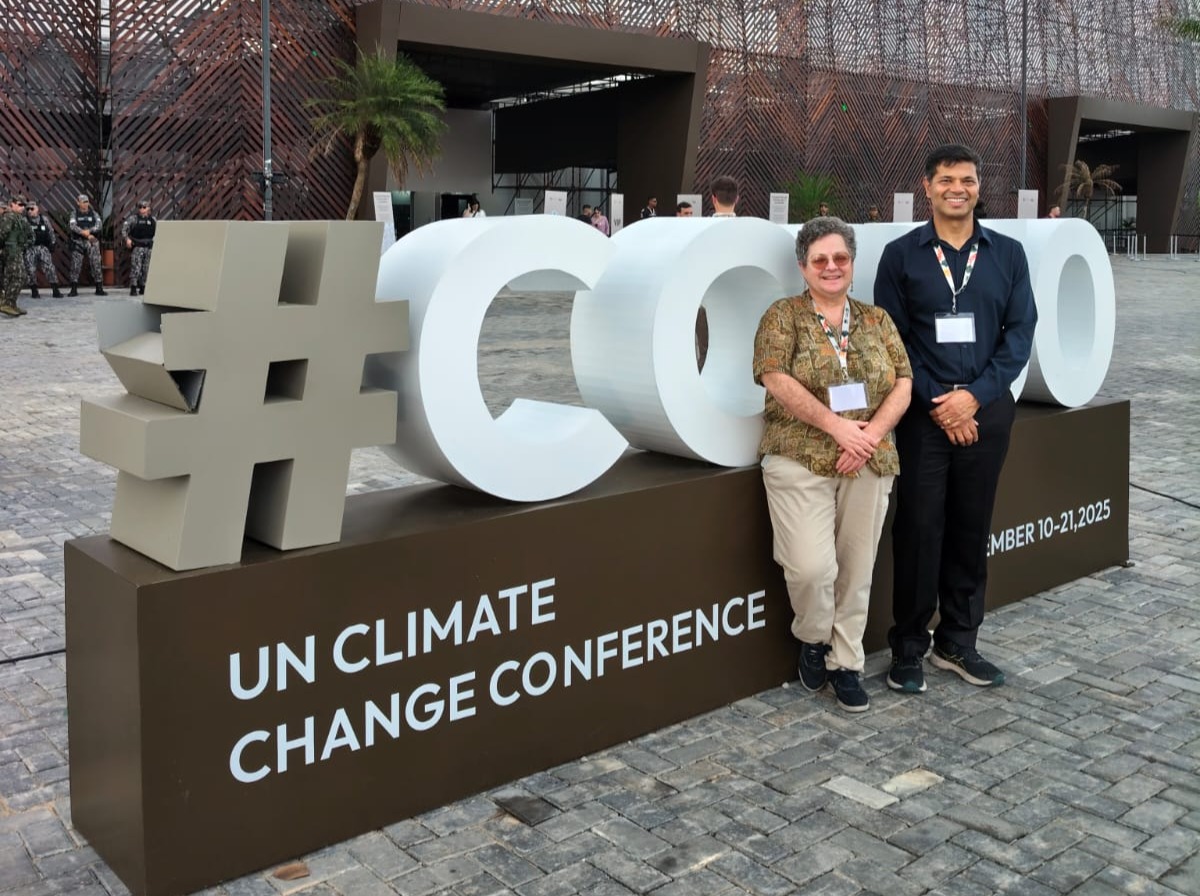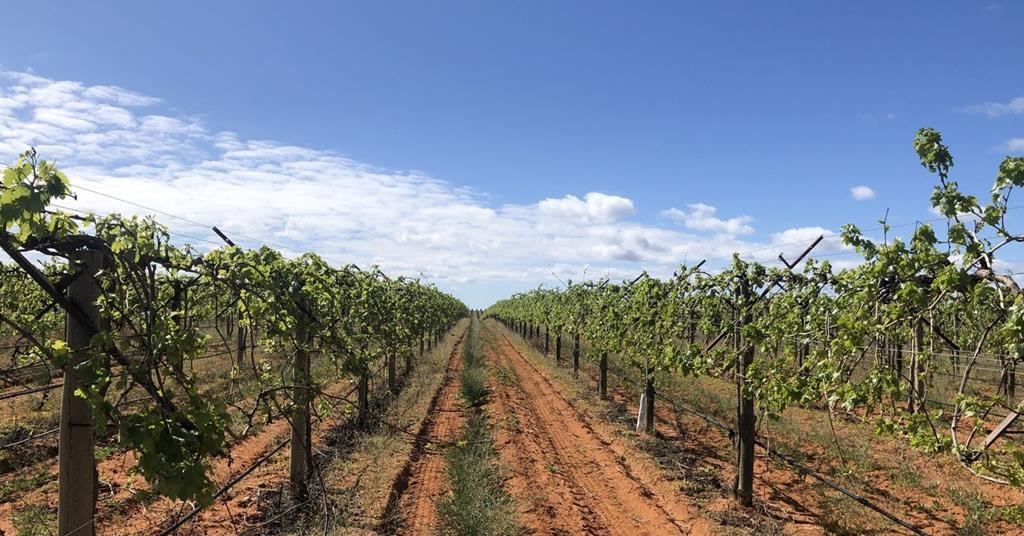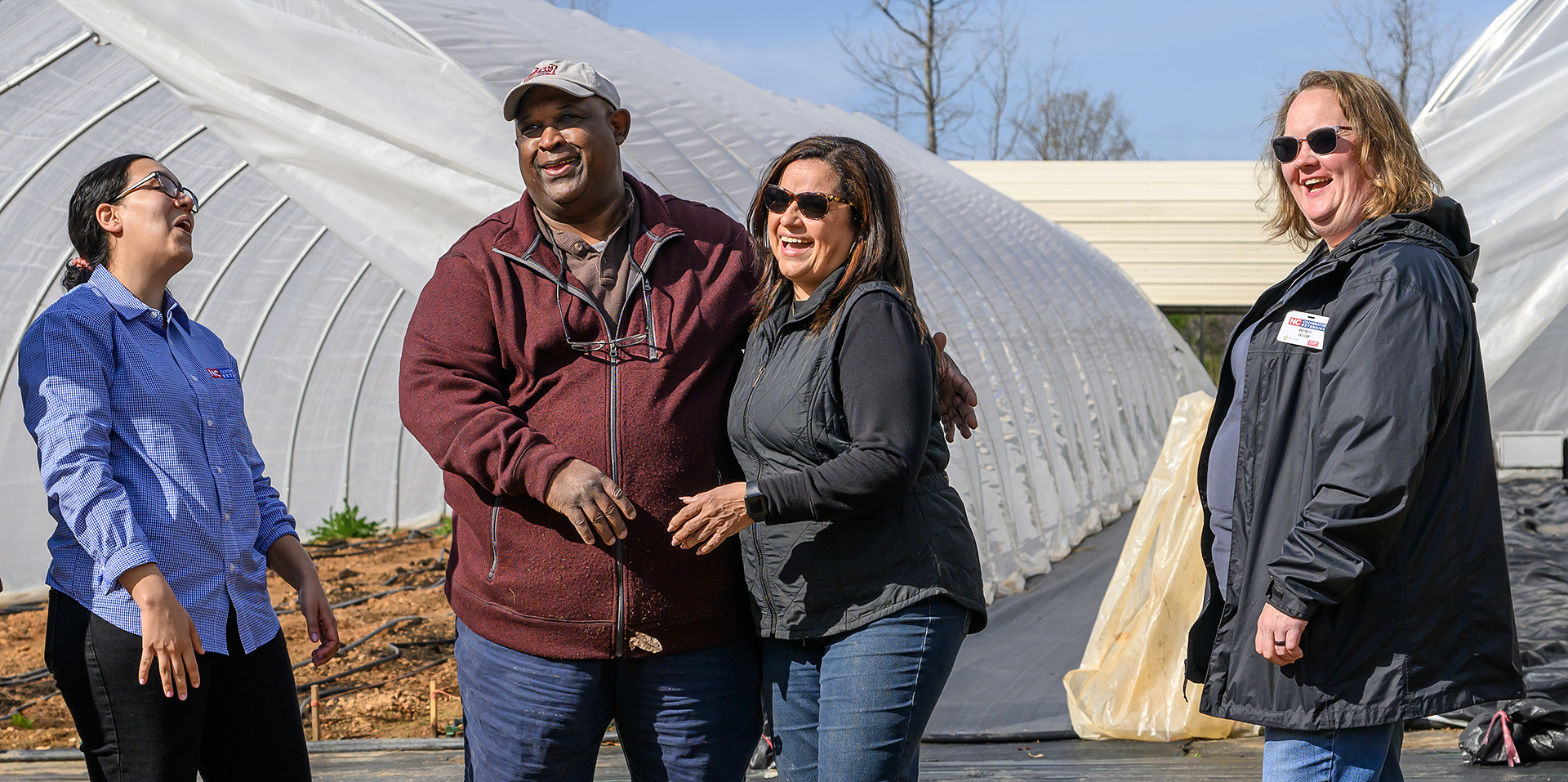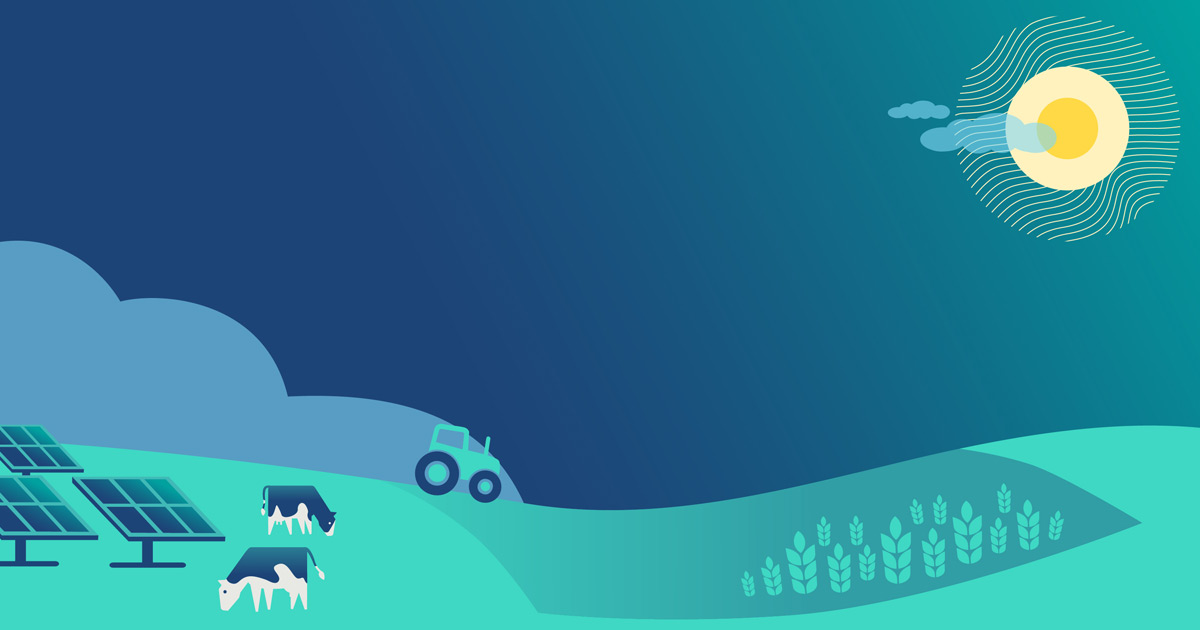Unlocking High-Yield Rice Cultivars Through Multivariate Analysis – BIOENGINEER.ORG
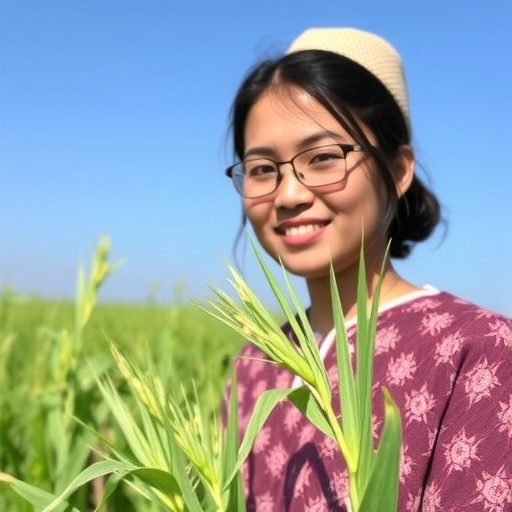
Report on Multivariate Analysis of Rice Cultivars and its Alignment with Sustainable Development Goals
1.0 Introduction
A recent study by Al Galib et al. (2025) presents a multivariate analysis approach for identifying high-yielding rice cultivars. This report examines the study’s findings, methodology, and implications, with a significant emphasis on its contribution to the United Nations Sustainable Development Goals (SDGs), particularly SDG 2 (Zero Hunger) and SDG 13 (Climate Action). The research provides a strategic framework for enhancing agricultural productivity to meet global food demands sustainably.
2.0 Research Methodology and Key Findings
The study utilizes multivariate analysis to evaluate the relationship between various morphological traits and overall seed yield in rice. This statistical method allows for a comprehensive assessment of complex interactions, moving beyond traditional single-trait evaluations.
2.1 Core Methodological Approach
- Simultaneous analysis of multiple variables, including plant height, tiller number, panicle length, and seed size.
- Effective discrimination between cultivars to identify combinations of traits that result in the highest productivity.
- Holistic evaluation of plant morphology and its direct and indirect influence on yield performance.
2.2 Principal Morphological Determinants of High Yield
- Productive Tillers: The number of productive tillers per plant was identified as a critical component directly correlating with increased yield potential.
- Panicle Architecture: Traits such as panicle length and grain density were found to be essential, as they directly impact grain filling and the total number of grains per plant.
- Integrated Trait Selection: The research underscores that a combination of optimal traits, rather than a single superior characteristic, is crucial for developing elite, high-yielding cultivars.
3.0 Alignment with Sustainable Development Goal 2: Zero Hunger
The study’s primary objective of enhancing rice yield directly supports the targets of SDG 2, which aims to end hunger, achieve food security, improve nutrition, and promote sustainable agriculture.
3.1 Enhancing Food Security (Target 2.1)
- Rice is a staple food for over half of the global population. Increasing its yield is fundamental to ensuring stable and accessible food supplies.
- The identification of high-yielding cultivars provides a direct pathway to boost global rice production, addressing the needs of a growing population.
3.2 Promoting Sustainable Agriculture (Target 2.4)
- By focusing on genetic potential and efficient morphology, the research promotes a more productive and sustainable agricultural system.
- The development of superior cultivars can lead to more efficient use of resources such as land, water, and fertilizers, which is a cornerstone of sustainable food production systems.
4.0 Contribution to Sustainable Development Goal 13: Climate Action
The multidimensional approach of the study extends beyond yield enhancement to include the development of climate-resilient crops, a key objective of SDG 13.
4.1 Building Resilience to Climate Change
- The methodology allows for the selection of traits that confer resilience to environmental stressors like unpredictable weather patterns and rising temperatures.
- By understanding the interplay of various morphological traits, breeders can develop rice varieties that are not only high-yielding but also adaptable to changing climatic conditions.
- This forward-looking approach is vital for safeguarding food production systems against the impacts of climate change.
5.0 Broader Implications for Agricultural Sustainability
The research has profound implications for the future of agriculture, aligning with several interconnected SDGs by promoting a more resilient, productive, and sustainable food system.
5.1 Advancing Genetic Breeding Programs
- The study highlights the importance of integrating morphological data with genetic information.
- Linking desirable phenotypes (observable traits) with their underlying genotypes can accelerate the breeding process, enabling the faster development of superior rice cultivars.
- This integration is crucial for achieving rapid progress in crop improvement to meet urgent global challenges.
5.2 Supporting Responsible Production (SDG 12)
- Increasing yield on existing agricultural land reduces the pressure for deforestation and land conversion, contributing to the preservation of biodiversity (SDG 15).
- The potential to breed for pest resistance and improved nutritional value further enhances the sustainability of rice production by reducing reliance on chemical inputs and improving health outcomes.
6.0 Conclusion
The research by Al Galib et al. provides a critical scientific framework for advancing rice breeding programs. By employing multivariate analysis, the study offers a robust methodology to develop cultivars that are not only high-yielding but also resilient and sustainable. This work represents a significant contribution towards achieving global food security and climate resilience, directly supporting the ambitions of the Sustainable Development Goals. The insights gained pave the way for innovative agricultural practices capable of feeding future generations in an environmentally responsible manner.
Analysis of Sustainable Development Goals in the Article
1. Which SDGs are addressed or connected to the issues highlighted in the article?
-
SDG 2: Zero Hunger
- The article’s primary focus is on enhancing the yield of rice, a staple food for over half the world’s population. This directly addresses the challenge of ensuring food security and ending hunger, which is the core mission of SDG 2. The text explicitly states that the research aims to develop rice varieties “that can meet the increasing global food demand” and addresses “the pressing challenges posed by food insecurity.”
-
SDG 9: Industry, Innovation, and Infrastructure
- The study itself represents a significant scientific innovation in agricultural science. By using multivariate analysis, a sophisticated statistical technique, the research enhances scientific understanding and provides a new methodology for crop breeding. This aligns with SDG 9’s goal to foster innovation and promote scientific research to upgrade technological capabilities in sectors like agriculture.
-
SDG 13: Climate Action
- The article extends the implications of the research beyond yield enhancement to include climate resilience. It mentions that by understanding key traits, breeders can “select for traits that confer resilience to climate change” and notes the importance of this “with rising global temperatures and unpredictable weather patterns.” This directly connects to the goal of strengthening resilience and adaptive capacity to climate-related hazards.
-
SDG 17: Partnerships for the Goals
- The conclusion of the article highlights the importance of collaboration. It states that the research findings foster “collaboration among researchers, cultivators, and policymakers, emphasizing the critical role of teamwork in addressing the global challenges in food production.” This reflects the spirit of SDG 17, which calls for partnerships to achieve sustainable development.
2. What specific targets under those SDGs can be identified based on the article’s content?
-
Under SDG 2 (Zero Hunger):
- Target 2.3: By 2030, double the agricultural productivity and incomes of small-scale food producers. The research on identifying “high-yielding rice cultivars” is a direct strategy to increase agricultural productivity.
- Target 2.4: By 2030, ensure sustainable food production systems and implement resilient agricultural practices that increase productivity and production. The article explicitly mentions that the research contributes to “agricultural sustainability” and developing “resilient and productive agricultural systems.”
- Target 2.a: Increase investment, including through enhanced international cooperation, in rural infrastructure, agricultural research and extension services, technology development and plant and livestock gene banks in order to enhance agricultural productive capacity. The study by Al Galib et al. is a clear example of the agricultural research and technology development needed to achieve this target.
-
Under SDG 9 (Industry, Innovation, and Infrastructure):
- Target 9.5: Enhance scientific research, upgrade the technological capabilities of industrial sectors in all countries… encouraging innovation. The article’s focus on using “multivariate analysis” to improve rice breeding is a direct application of enhanced scientific research to the agricultural sector.
-
Under SDG 13 (Climate Action):
- Target 13.1: Strengthen resilience and adaptive capacity to climate-related hazards and natural disasters in all countries. The article discusses breeding rice varieties with “resilience to climate change” and adaptability to “unpredictable weather patterns,” which directly supports this target.
-
Under SDG 17 (Partnerships for the Goals):
- Target 17.6: Enhance North-South, South-South and triangular regional and international cooperation on and access to science, technology and innovation. The article’s call for “collaboration among researchers, cultivators, and policymakers” embodies the principle of this target, aiming to translate scientific findings into practical application through partnership.
3. Are there any indicators mentioned or implied in the article that can be used to measure progress towards the identified targets?
-
For SDG 2 Targets:
- Seed Yield: This is the primary indicator of agricultural productivity mentioned throughout the article. Measuring the increase in seed yield of new rice cultivars would directly track progress towards Target 2.3 and 2.4.
- Morphological Traits: The article identifies specific traits as indicators of high-yield potential. These include “plant height, tiller number, panicle length, and seed size.” Specifically, the “number of productive tillers per plant” and “panicle architecture” (panicle length and grain density) are highlighted as critical measurable indicators for breeding programs.
-
For SDG 13 Targets:
- Development of Climate-Resilient Cultivars: While not a quantitative metric in the article, the development and adoption of rice varieties bred for “resilience to climate change” is an implied indicator. Progress could be measured by the number of such varieties developed and their performance under adverse environmental conditions.
-
For SDG 9 Targets:
- Application of Advanced Analytical Methods: The use of “multivariate analysis” in agricultural research is an indicator of technological upgrading and innovation. The adoption rate of such advanced statistical techniques in breeding programs could measure progress towards Target 9.5.
-
For SDG 17 Targets:
- Collaborative Initiatives: The article implies that an increase in “collaboration among researchers, cultivators, and policymakers” is a key outcome. The number of joint projects, policy briefs based on research, and farmer-researcher partnerships could serve as indicators for progress towards Target 17.6.
Summary of SDGs, Targets, and Indicators
| SDGs | Targets | Indicators |
|---|---|---|
| SDG 2: Zero Hunger |
|
|
| SDG 9: Industry, Innovation, and Infrastructure |
|
|
| SDG 13: Climate Action |
|
|
| SDG 17: Partnerships for the Goals |
|
|
Source: bioengineer.org

What is Your Reaction?
 Like
0
Like
0
 Dislike
0
Dislike
0
 Love
0
Love
0
 Funny
0
Funny
0
 Angry
0
Angry
0
 Sad
0
Sad
0
 Wow
0
Wow
0














































.jpg.webp?itok=0ZsAnae9#)







:focal(1500,1000)/https://media.globalcitizen.org/a6/9a/a69a4720-d8a1-4715-b596-18738d03c05c/rotary_polio_hero_image.jpg?#)

/countries/sri-lanka/photo-credit---dmc-sri-lanka.tmb-1200v.jpg?sfvrsn=dc298bcc_1#)







